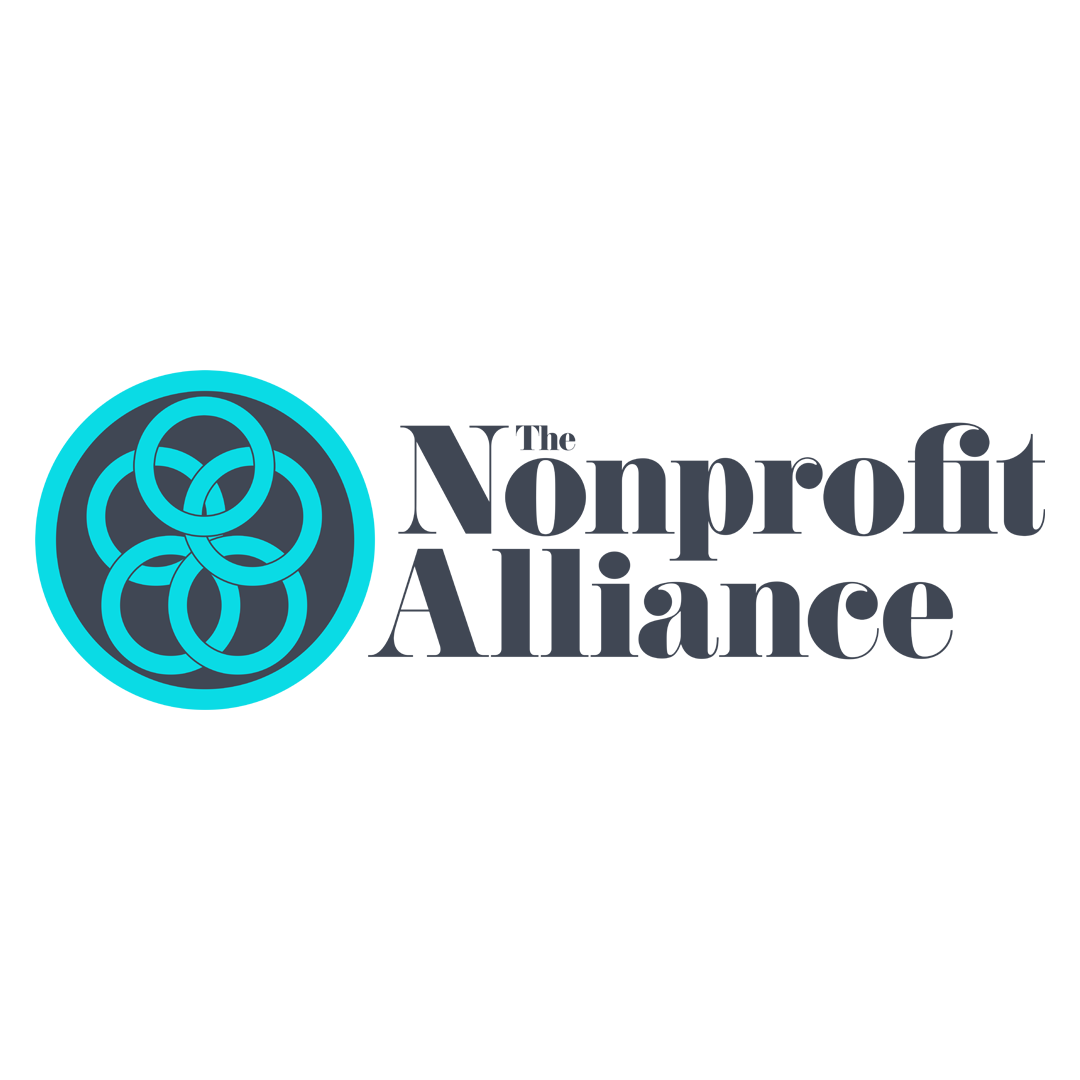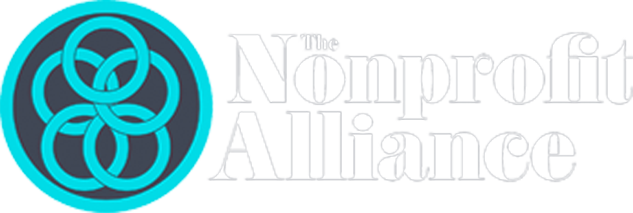Setting your anti-values and anti-goals
The speaker at my business school’s graduate had one goal for his company: become the world’s largest energy company. By the time he spoke to us, he was well on his way.
The year was 2000. The speaker was Ken Lay.
The Enron obituary has been written many times and better than this. But the short version is that as an organization and culture, the focus was monomaniacally on more.
Any singular focus like this is destructive. If Peter Drucker was right and that which is measured gets improved, then I posit a corollary: what isn’t measured or valued is sacrificed to improve that which is measured or valued.
And thus, when you are setting your values and your goals, what you are really setting are your anti-values and your anti-goals — what you will sacrifice to act to your values and goals.
Focus only on response rate in donor acquisition? Ask for one-dollar gifts and throw premiums in the package, throwing average gift and lifetime value overboard.
Focus on open rate? Use misleading subject lines and sub-heads or send to only the best constituents, eschewing value to the recipient or the promise of a broad-based movement.
Focus only on total donor lifetime value — the net sum of all the value you can expect out of your entire file? I’m a strong advocate for it as a primary metric, but not even I advocate for investment in acquisition and donor experience if you need that money to make payroll next week.
Focus solely on a value of what can be done to help the mission? What do you do if there’s a CEO who is effective and abusive or harassing of their employees, as some organizations have faced in our sector?
Underpinning this all is the need for values and metric pairing:
- Increase response rate and hold the decreases in average gift to less than the increases in response rate
- Increase total donor lifetime value while providing enough for the organization to continue at the present funding level
- Value the mission and the dignity of each employee
So each challenges the other and sets the parameters by which the other is to be achieved. (And, of course, “consistent with our values” should be mentally appended to every goal, so that what we aim for doesn’t impact how we behave.)
The challenge, then, is that there are only so many values you want to hold as an organization and lines you want to measure someone by on their performance review.
Using the anti-value and anti-goal framework can help make these decisions. Thinking of each of your values and goals, picture what would happen if a person worked on those — just those — with singular focus? If you have done well, you will see a trade-off and say you can live with that.
And those trade-offs are different for each organization. A three-Michelin star restaurant and a McDonalds will both value consistent quality — they just set that quality bar in different places. McDonalds will have locally sourced organic ingredients as an anti-value, as it gets in the way of speed and consistency, Le Petit Pamplemousse will have speed as an anti-value, willing to refire a meal that does not meet their standards.
Once you have stated values and anti-values, goals and anti-goals, your organization’s decisions calculi become that much clearer. When a pandemic hits (a purely hypothetical example), you know what efforts get a spot in the lifeboat.
———————-
Speaking of goals, I hope you’ll join me and a bunch of people so impressive I should have said “a bunch of people (and me)” to talk about how to create a deeper relationship with your donors. The (small) registration fee also helps TNPA!
Nick Ellinger, Chief Brand Officer with Moore, was formerly editor and contributor to the Agitator blog. He ran Mothers Against Drunk Driving’s direct marketing program for a decade, where he discovered his passion to help the nonprofit sector break through the 2% of GDP individual giving ceiling we’ve seen for decades. You can enjoy more of Nick’s written perspective in his 2019 book The New Nonprofit, available on Amazon.




